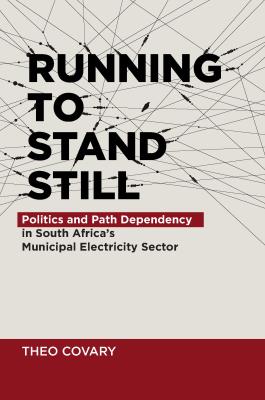Running to stand still: Politics and path dependency in South Africa’s municipal electricity sector
Synopsis
The electricity supply crisis that gripped South Africa in 2007 impacted heavily on economic productivity, political stability, and every citizen.
To date, all attempts to understand how the country’s Electricity Supply Industry (ESI) has evolved focus narrowly on Eskom. This approach has become increasingly limited over the last 15 years as the national utility continues to spiral deeper into operational failure. Yet, commentators and analysts have paid little attention to Municipal Electricity Undertakings (MEUs) – the utilities responsible for distributing electricity at municipal level – which started operating two decades before Eskom was formed in 1923.
Through a detailed historical account, Running to Stand Still shows how MEUs have contributed to the country’s broader ESI. The book disentangles the complex linkages that have developed between Eskom, MEUs, and the three spheres of government. In doing so, it examines two fundamental but diametrically opposed government objectives. First, the ideal of having financially self-sufficient municipalities that in reality are over-burdened and have to rely heavily on revenue from electricity distribution to cross-subsidise their operations. And second, to have a national utility that generates electricity at the lowest cost to provide the country’s energy-intensive economy with a competitive advantage.
These path-dependent practices have endured for more than a century and have cemented institutional lock-in that blocks much-needed sectoral reform. This is aptly demonstrated through the case study of the country’s most powerful financial centre and largest MEU, Johannesburg, which is currently in a state of crisis.
Downloads



